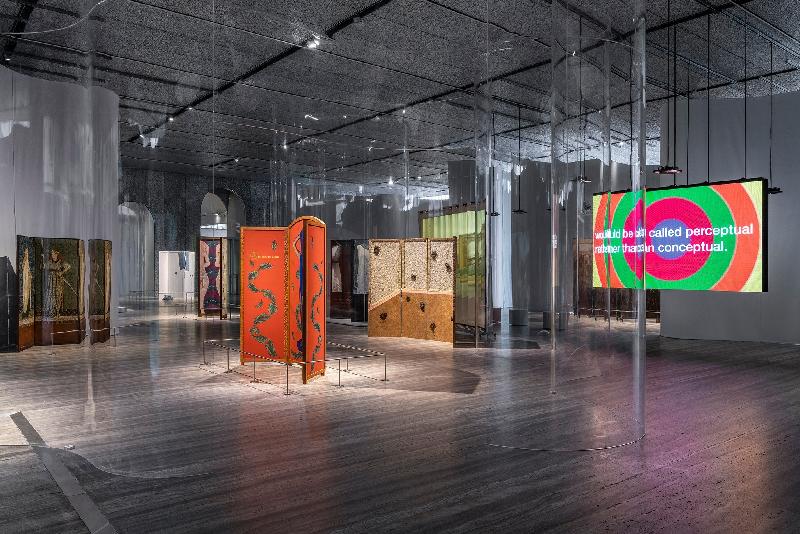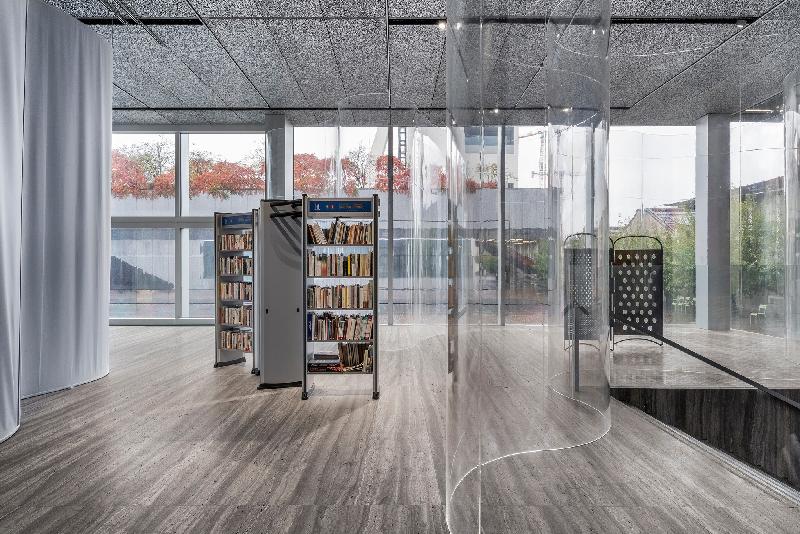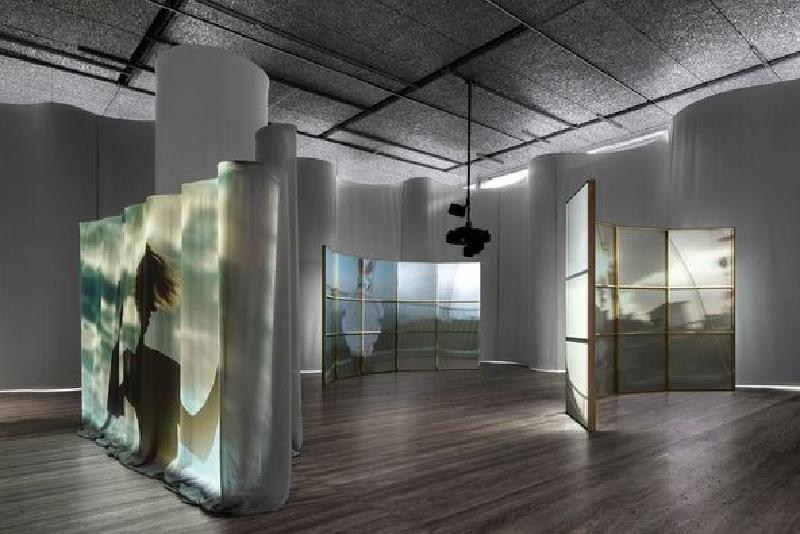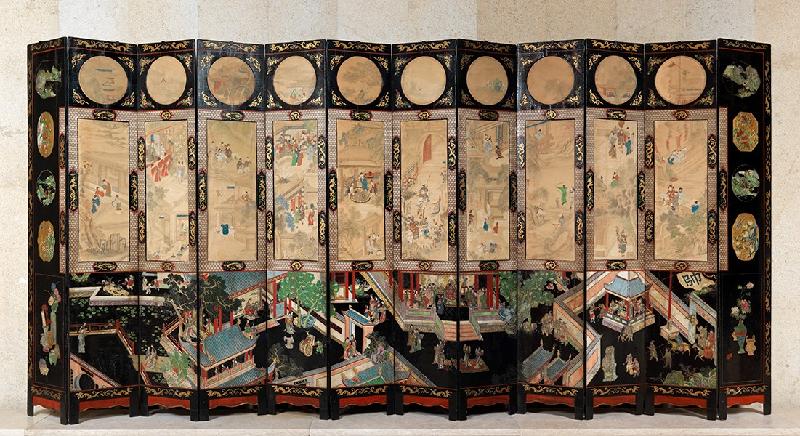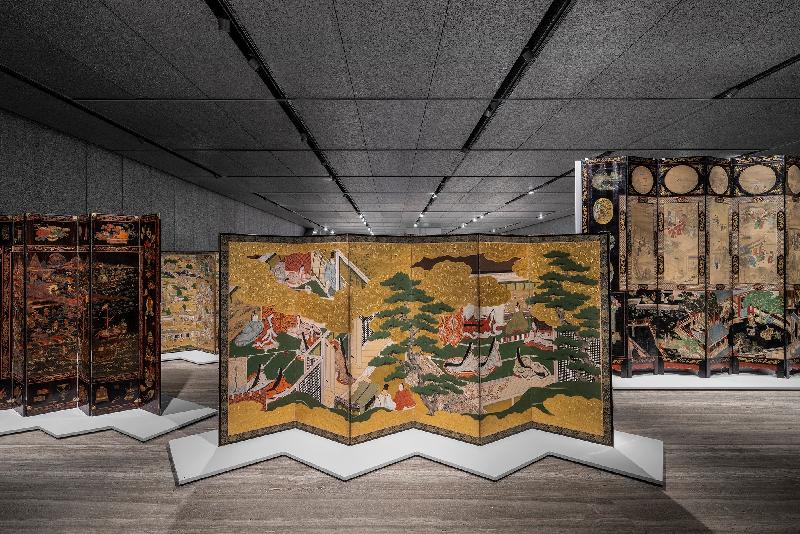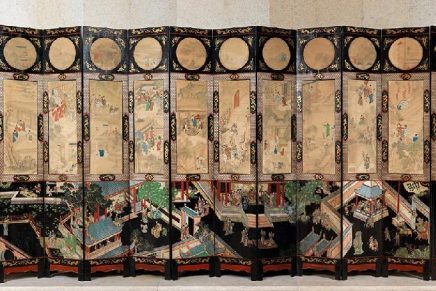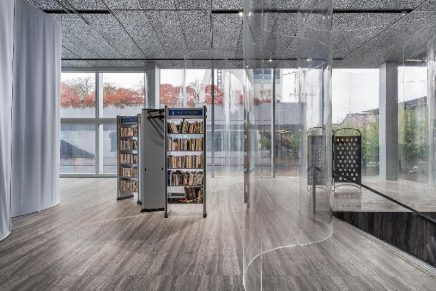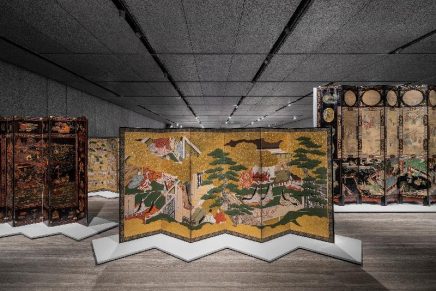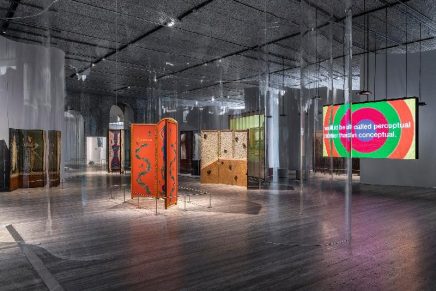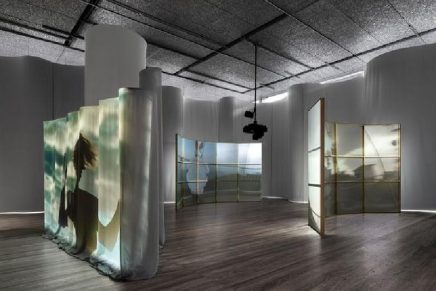Milan’s cultural landscape is about to undergo a mesmerizing transformation as Fondazione Prada introduces “Paraventi: Folding Screens from the 17th to 21st Centuries.” This exceptional exhibition, curated by the brilliant Nicholas Cullinan, will grace the Fondazione Prada‘s Milan venue until February 22, 2024.
“Paraventi” is not just a display of art; it’s a journey through time and culture, an exploration of cross-pollination between East and West, and a contemplation of the fluid boundaries between various art forms and functions. It challenges conventional notions of what can be concealed and revealed. Folding screens, known as “paravents,” act as liminal objects, marking the threshold between disciplines, cultures, and worlds.
Nicholas Cullinan describes the exhibition as an “unfolding history of the paravent,” a story of cultural migration, hybridization, and the fluidity of boundaries. These screens straddle the worlds of art, furniture, decoration, and design, challenging rigid distinctions and hierarchies.
The exhibition itself is a work of art, designed by SANAA, the renowned architectural firm founded by Kazuyo Sejima and Ryue Nishizawa. It features over seventy folding screens, including historical treasures and contemporary creations. The use of curved transparent Plexiglas partitions and sinuous curtains on the ground floor creates spaces with varying light atmospheres, immersing visitors in thematic groupings. On the upper floor, the chronological arrangement of screens harkens back to innovative museological displays, enhancing the visitor’s experience.
The exhibition delves into the multifaceted nature of folding screens. It begins with an exploration of their ambiguity and transnational nature, highlighting their dual reading from Eastern and Western perspectives. It then takes a turn into the representation of seasons and temporal narratives, contrasting the meticulous gongbi paintings of Chinese artist Chen Zhifo with abstract works by American artist Jim Dine.
Technology’s influence on folding screens is also explored. Artists like Tony Cokes, Cao Fei, and Joan Jonas have transformed these timeless objects into mediums for projecting layered images and multiscreen effects using digital technologies.
Folding screens are not just decorative; they also serve a purpose. The exhibition reveals their role in concealing, protecting, and creating intimate spaces within homes.
Historical and contemporary screens touch on themes of seduction and shame, bringing a unique perspective to these objects.
Queer aesthetics find a central place in the exhibition, showcasing how folding screens can become subversive decoration elements. From works by Duncan Grant and Francis Bacon to contemporary artists like Kai Althoff, the narrative is rich and culturally disruptive.
Political propaganda is not left out of the narrative, as screens are shown to be powerful tools for displaying strength, wealth, and constructing narratives that impact history.
The paradox of transparency is explored in a section that challenges the practical function of these screens, opening new perspectives and suggesting new visions.
The upper floor, following a diachronic logic, reveals the historical evolution of folding screens, tracing their origins in the East and their influence on Western traditions. It showcases the contributions of famous designers, artists, and avant-garde experimenters from different eras.
Accompanying the exhibition is an illustrated book, which includes an introduction by Miuccia Prada, historical and artistic surveys, interviews with artists, and essays by international writers, curators, and scholars.
“Paraventi: Folding Screens from the 17th to 21st Centuries” promises to be a captivating journey through the intricate history and multifaceted nature of folding screens, leaving visitors with a newfound appreciation for these remarkable objects. Fondazione Prada’s exhibition is an opportunity to explore the art of transition and experience the liminality that folding screens represent.

